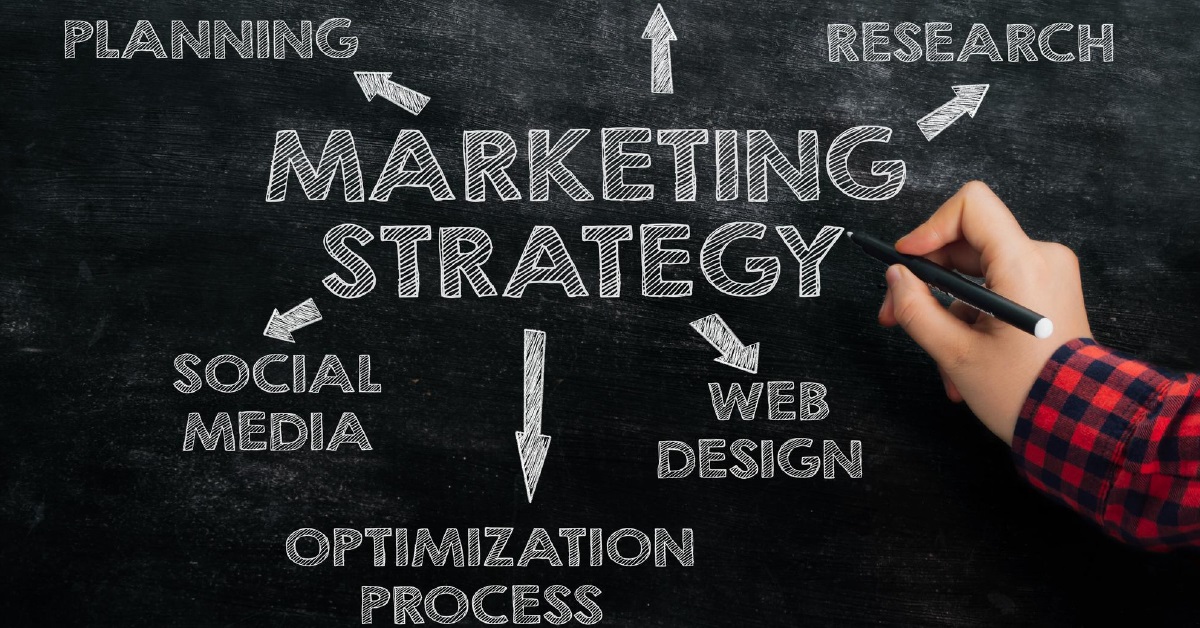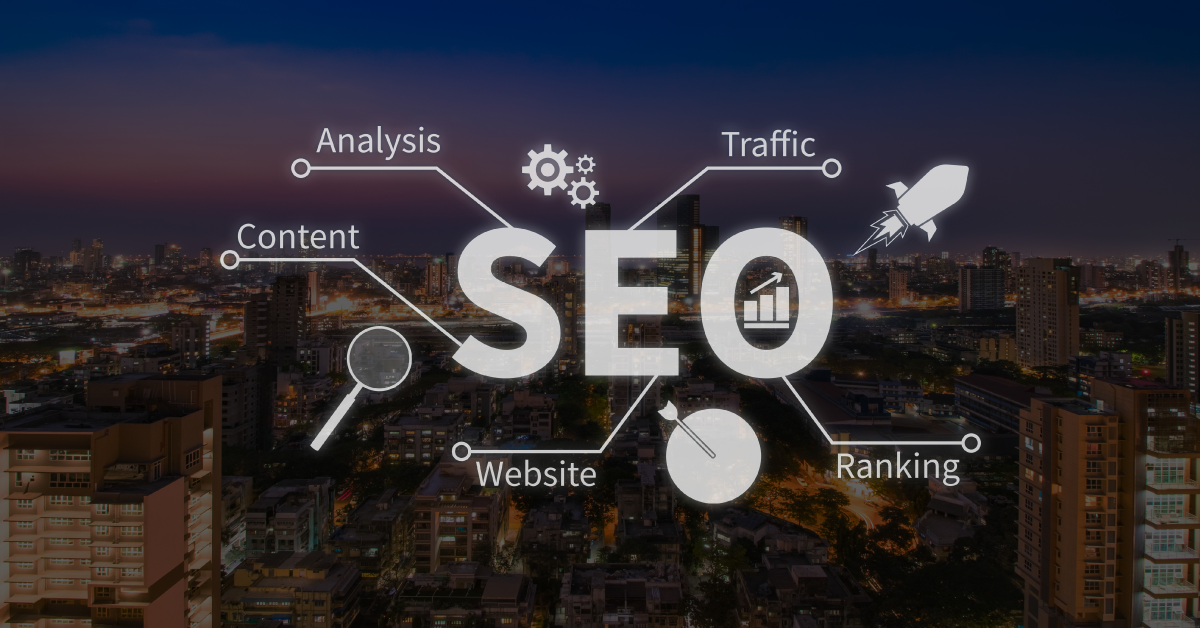4 min read
Digital marketers can improve their online presence and attract relevant traffic to their websites by implementing search engine marketing (SEM), a potent tactic. Successful SEM strategies are crucial in this day and age, and having a strong online presence is crucial.
Table of Contents
What is Search Engine Marketing?
As you may already be aware, search engine marketing is one of the best ways to increase your company’s online presence in a very competitive market. SEO is the process of increasing traffic to your website by improving its rankings in search engines like Google. This is done by optimizing your website for relevant keywords, creating content that resonates with your target audience, and leveraging other digital marketing strategies such as pay-per-click advertising.
Increased visibility of your business when people search for relevant terms is the primary objective of search engine marketing, or SEM. Properly positioned, search engine marketing will raise your quality score, increase website traffic, and convert visitors into leads.
Why is SEM Important?
Due in large part to its broad application, SEM is one of the most promising digital marketing techniques. For example, advertising on social media platforms may have limitations. There may be fewer people who see your advertisements because your target market is not as active on social media or uses a single platform.
Almost all market segments use search engines, regardless of age, gender, income level, employment status, or any other demographic. It is almost a given that you will connect with the right people.
In addition, sponsored advertisements will top the search engine results page, which is crucial for drawing attention to your business. Since more than 25% of internet users click on the first Google search result, having your company show up at the top of search results can be very advantageous. Even if you are unable to take the top spot, it is still a significant achievement to be listed on the first page of search engine results.
Additionally, an SEM campaign can yield results far more quickly than an SEO strategy by itself, particularly for startups that are just starting in search engine marketing. A website’s development, optimization, backlink building, and the benefits of organic traffic can be laborious processes that require time to complete. Yet, sponsored ads show up far more quickly and in front of leads that are certain to be of high quality.
Along with the outcomes of your paid advertising campaigns, tools can also help guarantee leads that turn a profit. You can see precisely who is clicking and converting with the right software. To enhance your comprehension of your intended audience and communication plan, analyze these results in relation to the campaign’s metrics.
Further noteworthy advantages of implementing a search engine marketing strategy include the following:
Builds brand awareness: Web surfers will see the name of your business even if they choose not to click on your advertisement. Advertisements help consumers remember and spread the word about your business.
Assures easy budgeting: SEM does not need to be costly. For the best outcomes and the least amount of money wasted, you can set your daily budget.
Delivers outcomes quickly: While SEO marketing may take some time to yield results, SEM may generate leads as soon as your advertisement is published.
Provides quantifiable feedback: Ad campaign metrics allow you to see how your ads are really performing in terms of return on investment (ROI), allowing you to adjust your strategy or stick to your original plan based on results.
In this section, we will explore the SEM Marketing Playbook, which provides strategies for achieving optimal outcomes in the ever-changing realm of digital marketing.
-
Keyword Study and Approach:
A comprehensive keyword research strategy is the cornerstone of any successful search engine marketing campaign. With the help of programs like Google Keyword Planner or SEMrush, you can find high-performing and pertinent keywords for your business. To optimize your ad campaigns and make sure they reach the right audience, create a thorough keyword strategy that focuses on both long-tail and short-tail keywords.
-
Outstanding Creatives and Ad Copy:
Creating attention-grabbing advertisement copy is crucial to drawing in your target market. Make sure the copy in your advertisement highlights the special qualities of your good or service and is clear and pertinent. To boost interaction and improve the visual appeal of your ads, use eye-catching photos or videos.
-
Optimizing the Landing Page:
Whether the goal is to generate leads, close a deal, or achieve another objective. A landing page that is optimized is essential for turning clicks into worthwhile actions. Make sure the call-to-action (CTA) on your landing pages is obvious. It complements the messaging in your ads, and that they are optimized for a smooth user experience. Other essential elements for success are mobile responsiveness, user-friendly design, and page load speed.
-
Extensions to Ads for Increased Visibility:
Ad extensions can be a useful tool for encouraging user interaction and providing additional information. Add-ons such as callouts, structured snippets, and site link extensions increase the visibility of your advertisement. And give prospective buyers additional information. Ad relevance is increased, and the chance that users will click on your ads is raised when you make use of these extensions.
-
A/B Testing to Keep Improving Over Time:
A/B testing should be done frequently to improve your SEM approach. Try a variety of headlines, images, landing page components, and ad copy to see what appeals to your audience the most. Make educated decisions by utilizing data-driven insights, and continuously improve your campaigns for increased effectiveness.
-
Geo-Targeting as well as Audience Segmentation:
Utilizing audience segmentation and geo-targeting will help you improve your targeting. To guarantee that the most relevant audience sees your advertisement, target particular regions or demographics. The key to maximizing your return on investment is to understand your target market’s habits and preferences.
-
Analytics and Tracking of Conversions:
Use trustworthy conversion tracking to determine the efficacy of your SEM ads with accuracy. To track conversions, learn more about user behavior, and assess the overall success of your efforts, utilize tools like Google Analytics. Regular data analysis can help you make data-driven decisions, refine your plan, and allocate your budget more effectively.
-
Remarketing to Boost Conversions:
You can encourage website visitors to return by implementing a remarketing strategy. Display personalized ads to these users across a range of channels to remind them about your products and services. Remarketing is a great method to nurture leads and increase conversions by maintaining brand recognition.
Conclusion:
Businesses hoping to achieve the best results in the constantly changing field of digital marketing need to have a well-executed SEM strategy. Through the application of the tactics discussed in this SEM Marketing Playbook. Which encompass everything from persistent optimization and strategic keyword research to persuasive ad creatives. Companies can enhance their online presence, attract relevant traffic, and ultimately achieve their marketing goals in the competitive digital marketplace.
Published: November 21st, 2023








